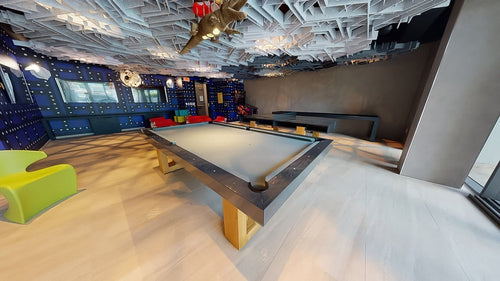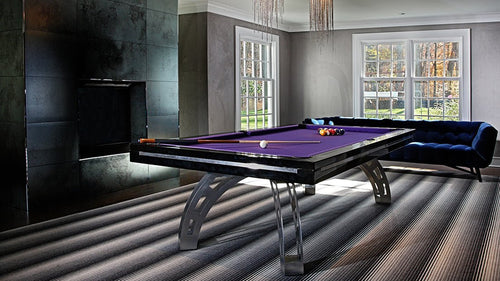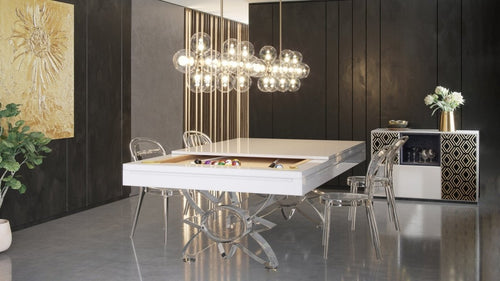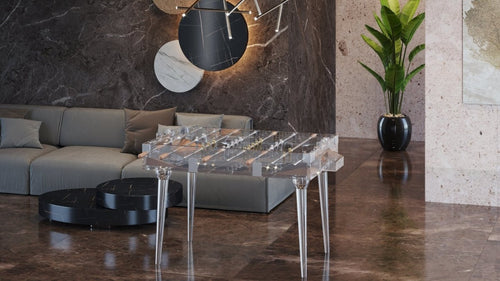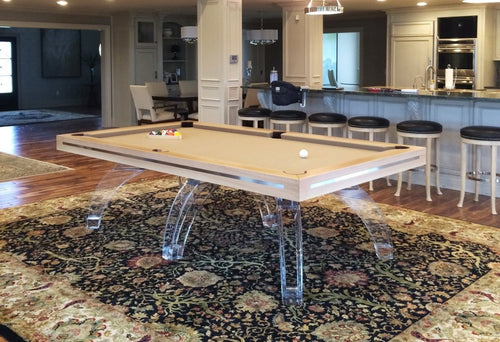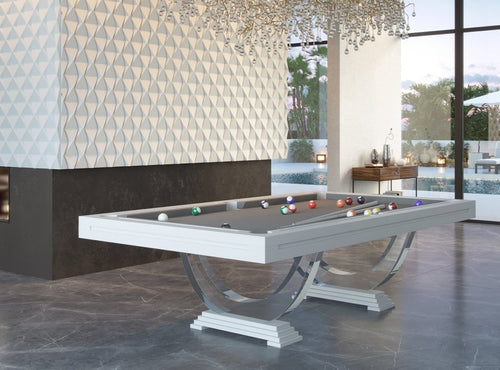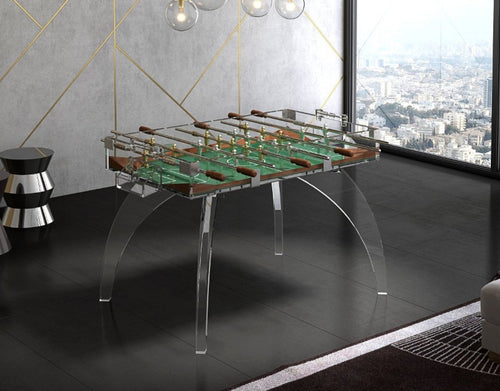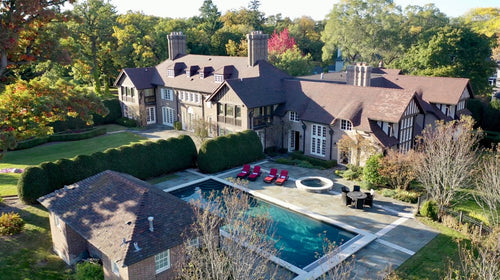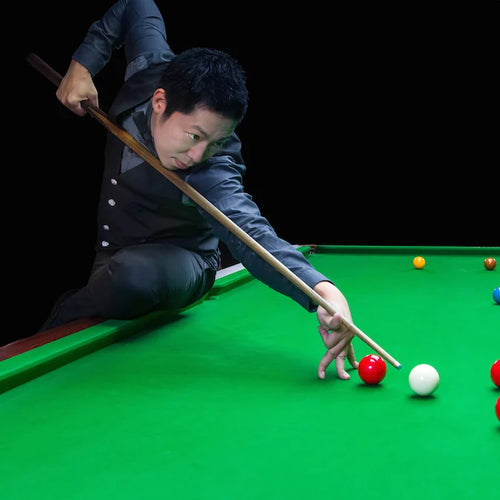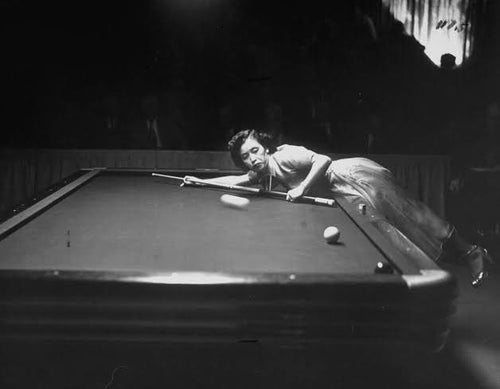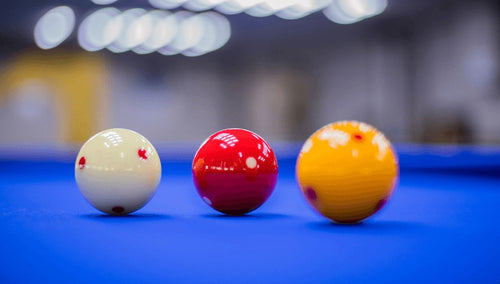Enjoy our modern designs
The Tudor Beginnings
Shuffleboard, irresistibly captivating to the extent that King Henry VIII himself mandated its ban, originated in 15th-century Tudor England. Initially termed 'shove-groat' or 'shovelboard,' the name derived from the act of sliding a coin or disc across a table.
The game's objective was both simple and challenging: to slide a groat, a significant coin of the time, towards the table's edge without letting it fall off. Quickly transcending social boundaries, shuffleboard became a beloved pastime in taverns and noble homes alike.

King Henry VIII, one of its most ardent players, grew concerned as the game's popularity soared. Believing it distracted his soldiers from their martial responsibilities, he issued a royal decree banning shuffleboard, highlighting its profound appeal and widespread popularity.
Contentious Origins: The Tudor roots of shuffleboard are well-recognized, yet some historians speculate on its existence in other cultures before this era, despite the absence of definitive evidence.
Evolution Through the Centuries
Shuffleboard underwent significant changes from the 16th to the 19th century. With the rising popularity of billiards, shuffleboard saw a decline among the elite but continued to thrive in public houses. The game’s equipment also evolved, transitioning from coins to wooden discs or pucks.
The American Adaptation
English settlers brought shuffleboard to the United States, where it began a new chapter. The game found a home in bars and public houses along the East Coast. Unlike its prestigious status in England, shuffleboard was initially seen in the U.S. as a pursuit for the less pious.

This perception, however, did not hinder its growing popularity. A significant turning point came with the 1848 court case, Pennsylvania v Bishop. This case was vital in legally defining shuffleboard's nature in America.
The judge's ruling in this case was crucial. He stated: "Though the defendant kept a public gaming table, as charged, and though diverse persons played thereat and bet spirituous liquors on the game, the game was not a game of chance, but was altogether a game of skill." This decision cemented shuffleboard's status as a game of skill, securing its place in American social life.
The 20th Century and Beyond

The 20th century marked a golden era for shuffleboard. The game, particularly table shuffleboard, gained immense popularity across the United States. The standardization of rules and table sizes, along with the establishment of leagues and associations, solidified its status as a competitive sport and a social activity.
Despite a decline in interest during the 1960s and 70s, shuffleboard made a comeback in recent years. Modern bars, game rooms, and even digital platforms have reinvigorated the game, attracting players from all walks of life.
Shuffleboard now enjoys a place in both competitive sports and casual entertainment. Its simplicity and strategic depth make it appealing to a broad audience, transcending generational gaps.
From its humble beginnings in Tudor England to its resurgence in modern times, shuffleboard has stood as a testament to remarkable resilience and adaptability. At PoolTablePortfolio, we are grateful to play a small part in this enduring legacy, handcrafting custom shuffleboard tables that marry traditional craftsmanship with contemporary flair. Our work is driven by a passion to bring this timeless game into the heart of your home.


